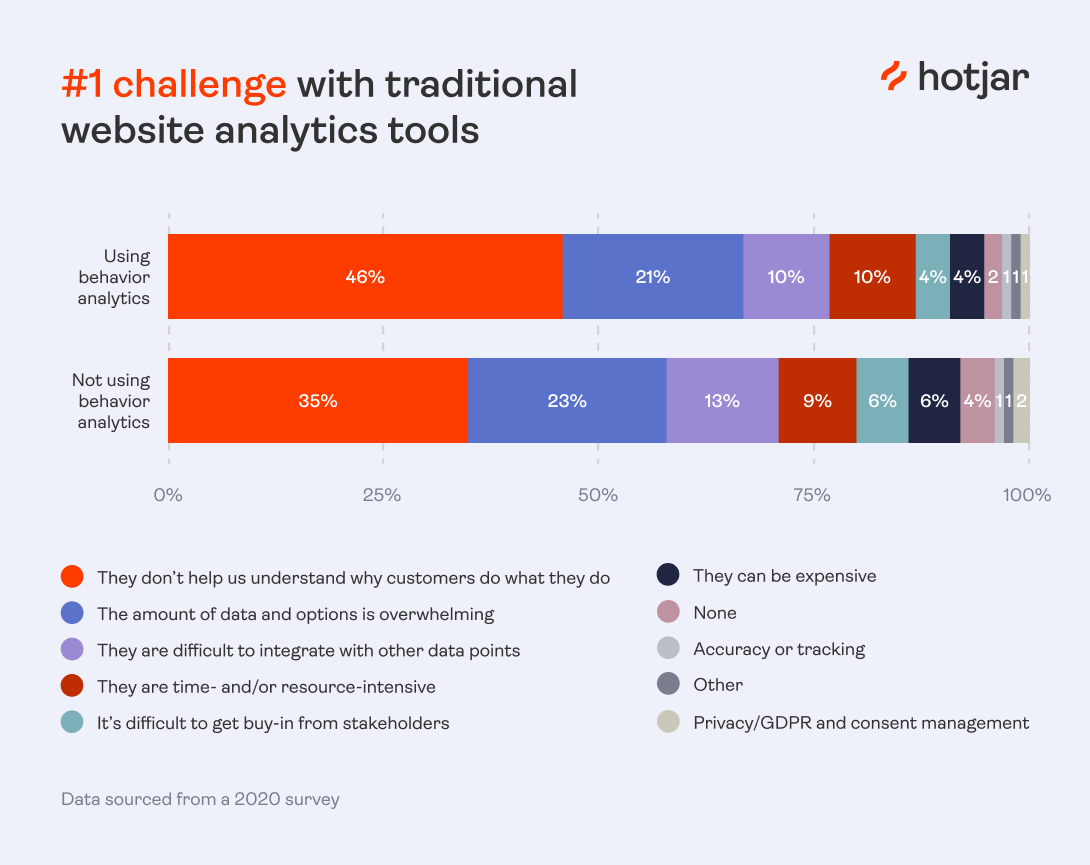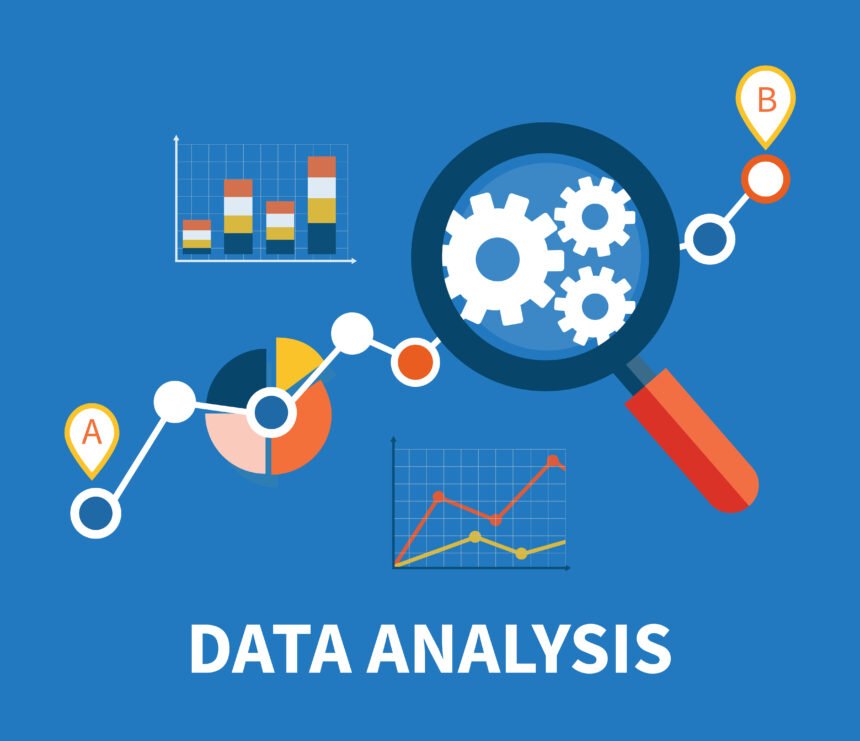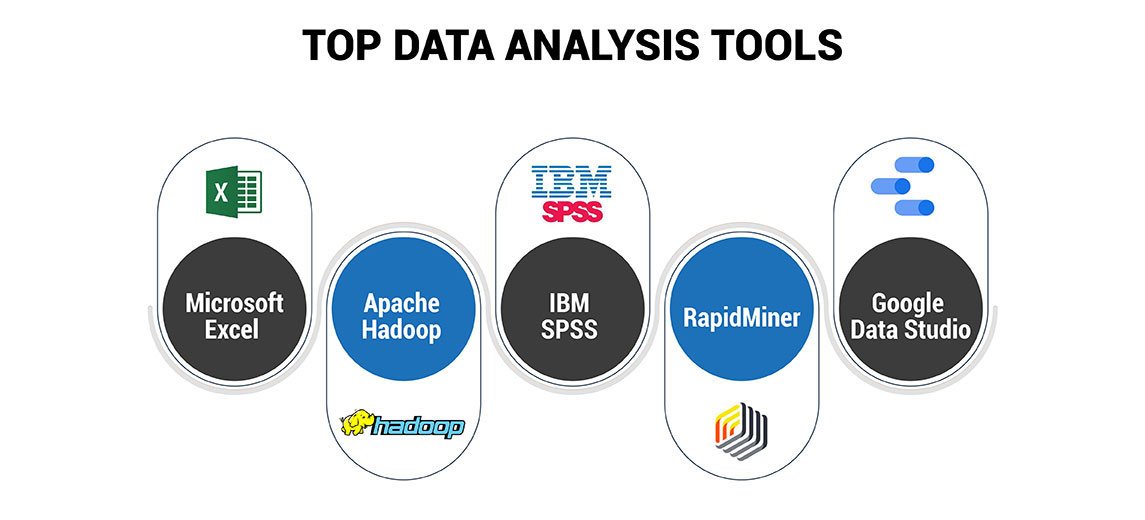Drive Growth and Advancement With Smart Analytics Applications
Drive Growth and Advancement With Smart Analytics Applications
Blog Article
Boost Effectiveness and Profitability Through Information Analytics
In today's data-driven landscape, businesses are increasingly identifying the crucial duty of information analytics in boosting functional effectiveness and productivity. By methodically assessing information, organizations can uncover crucial insights that educate critical decisions, improve procedures, and dressmaker client experiences (Analytics). The difficulty lies not just in the application of these analytical devices but also in recognizing exactly how to convert information into workable results. As we discover the subtleties of effective data-driven approaches, the ramifications for both temporary gains and long-lasting success become progressively clear. What might these insights expose for your organization?
Comprehending Information Analytics
In today's data-driven landscape, understanding information analytics is important for companies intending to enhance functional effectiveness and drive profitability. Data analytics entails the systematic computational analysis of data collections to uncover patterns, correlations, and insights that notify decision-making. By using various methods, such as analytical evaluation, machine knowing, and anticipating modeling, companies can change raw information right into workable intelligence.
The process usually starts with information collection, where pertinent details is collected from multiple sources, including transactional databases, customer interactions, and market trends. This data is then cleaned up and organized to guarantee accuracy and consistency. Once the data is prepared, logical tools and software are made use of to imagine the info and check out, allowing stakeholders to determine anomalies and trends.
Ultimately, understanding data analytics encourages companies to make enlightened choices based on empirical evidence as opposed to intuition. It assists in targeted techniques that can optimize resource allocation, boost consumer contentment, and improve general performance. As organizations significantly acknowledge the value of data-driven understandings, a strong understanding of data analytics comes to be a critical expertise for leaders and groups alike, placing them for sustained success in an affordable atmosphere.

Secret Advantages for Companies
Businesses that take advantage of data analytics can open a multitude of benefits that significantly boost their operations and earnings. One of the main advantages is enhanced decision-making. Information analytics provides workable insights acquired from real-time data, permitting businesses to make educated selections that align with market needs and customer preferences.

Furthermore, information analytics promotes improved client experiences. By comprehending consumer habits and choices, services can customize their offerings, causing raised contentment and loyalty. This tailored strategy typically leads to greater conversion prices and repeat service.
In addition, information analytics allows services to determine emerging trends and chances. By remaining ahead of the curve, companies can profit from brand-new markets and advancements before their competitors.
Implementing Data-Driven Strategies
Effective application of data-driven techniques requires a thorough understanding of both available information and business goals sources. Organizations should first specify their goals plainly, making certain positioning between information efforts and strategic purposes. This clearness enables groups to concentrate on pertinent metrics and insights that drive decision-making.
Following, companies need to examine their existing data facilities. This involves assessing data quality, access, and assimilation abilities. Top quality information is vital for exact analysis, as bad data can cause misguided strategies and wasted sources. Organizations must develop procedures for data collection, cleaning, and monitoring to maintain data stability.
In addition, fostering a data-driven culture is vital. Employees whatsoever degrees must be urged to leverage data in their everyday operations. Training workshops and programs can boost information proficiency, encouraging team to make enlightened choices based on logical insights.
Devices and Technologies Introduction
A durable collection of innovations and devices is necessary for companies intending to harness the complete capacity of data analytics. These tools help with read the collection, processing, and visualization of data, enabling businesses to derive workable understandings.
At the fundamental level, data management platforms such as SQL data sources and NoSQL systems give reliable information storage and retrieval capacities. For information handling and analysis, shows languages like Python and R, in addition to structures such as Apache Spark, enable intricate estimations and artificial intelligence applications.
Visualization tools, including Tableau and Power BI, change raw data into intuitive visual styles, making insights accessible to stakeholders in go to this website all degrees. Additionally, cloud-based systems like Google Cloud and AWS use scalable storage and processing remedies, suiting the expanding volumes of data companies run into.
For sophisticated analytics, predictive modeling and AI-driven remedies are progressively adopted, enabling companies to anticipate trends and improve decision-making procedures. Integrating these devices into existing operations is critical; companies that effectively leverage this modern technology can considerably enhance operational efficiency and drive earnings. Thus, purchasing the right tools and innovations is a strategic essential for any type of data-driven organization.
Study of Success
Leveraging information analytics has actually led numerous organizations to accomplish exceptional renovations in efficiency and success. One significant instance is a huge retail chain that implemented predictive analytics to optimize stock administration. By examining historic sales information and consumer fads, the firm lowered excess supply by 30%, leading to significant expense financial savings and enhanced capital.
Another example can be discovered in the manufacturing industry, where a leading vehicle supplier made use of information analytics to boost its manufacturing procedures. By checking equipment efficiency in real-time, the company determined ineffectiveness and bottlenecks, resulting in a 20% increase in total tools efficiency (OEE) This not only increased production prices yet likewise reduced downtime and maintenance prices.

These situation studies illustrate exactly how information analytics can drive critical decision-making, enhance procedures, and eventually boost both efficiency and productivity across different sectors.
Final Thought
In conclusion, the integration of data analytics into company operations offers significant opportunities for enhancing performance and profitability. By systematically evaluating data, organizations can determine inefficiencies, optimize customer experiences, and make educated choices.
In today's data-driven landscape, recognizing information analytics is vital for organizations intending to boost functional effectiveness and drive profitability. Data analytics entails the methodical computational analysis of information sets to discover patterns, relationships, and understandings that inform decision-making. Information analytics offers workable understandings acquired from real-time data, allowing organizations to make informed options that line up with market demands and consumer choices.
Top quality data is vital for accurate evaluation, as poor information can lead to misguided methods and squandered resources. Organizations must develop procedures for information collection, cleaning, and administration to maintain data honesty.
Report this page